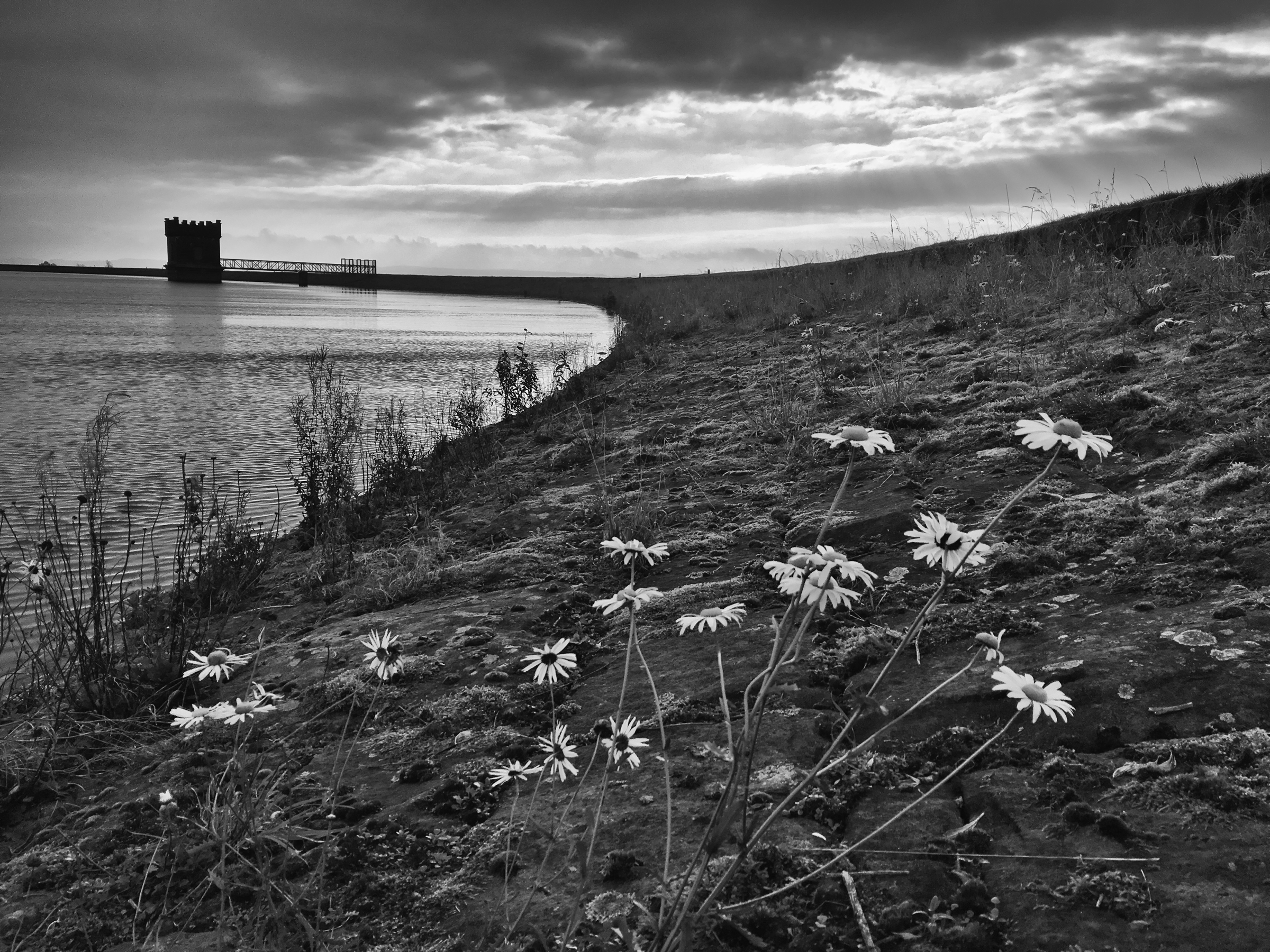When I planned my recent Wild Images photo tour of Madagascar I asked myself, if I could only visit once, on a ‘Best of’ tour, which of its amazing animals would I want to include in my itinerary? Starting in the unique spiny forest of the southwest near Ifaty, itself an un-missable attraction, Long-tailed Ground Roller must be one of the most enigmatic birds of the ‘Eighth Continent’ and then there was Ring-tailed Lemur. Having seen this beautiful creature so many times on Johnny Morris’s ‘Animal Magic’ TV programme as a child no wildlife tour of Madagascar would be complete without it. We can see it easily at Isalo National Park, a few hours drive from Ifaty. Including these two locations would automatically pick up some other good lemurs like the outrageous Verreaux’s Sifaka as well as more birds and reptiles but where to next? The eastern rainforest for Indri, the largest extant lemur, as well as Diademed Sifaka (some say it is the most beautiful of all the lemurs) and Black-and-white Ruffed Lemur, another cracker, is another not-to-be-missed destination, particularly as it does not involve a flight with the notoriously changeable Air Madagascar. That still left some time to go both west and north and I wanted to do something different to simply following the main birding drag, which would have taken us to Mahajunga on another notoriously unreliable flight.
So what next? Fosa of course! I’d long admired Nick Garbutt’s amazing photos of Fosa, a unique carnivore, that shares traits with cats, dogs and mongeese and is the only predator in Madagascar capable of preying on adults of any of the lemurs. It is thought to have evolved from a single mammalian ancestor (along with the other Madagascan carnivore members of the family Eupleridae), which made the crossing of the Mozambique Channel on floating vegetation, long after Madagascar had split from Africa c.150 million years ago, at a time before mammals had evolved of course. [Such an event is thought to have produced all of the lemurs, tenrecs and Madagascar rodents, each family deriving from a single refugee. This might sound an unlikely way to have produced the present set of mammals in Madagascar but even one million years is a long time for a random event like this to happen! Remember that a primate has now managed to reach the moon (probably). Faced with a vast unexploited area of habitat the colonists radiated into an array of specialists, each finding their own niche.] The Fosa is a hunter of the other mammal groups, particularly lemurs. Imagine an animal so sleek and fast that it can hunt down an agile primate, which is capable of making 10 metre leaps between trees in its efforts to evade capture. It has flexible ankles, which allow it to jump from tree to tree and descend them headfirst, semi-retractable claws like a cat, a super long tail to aid balance during chases and a fearsome set of teeth. It is certainly the lemurs’ nemesis.
Although it is the most widely distributed of Madagascar’s carnivores, the Fosa is very thinly spread and usually very elusive. However, there is a reliable place to see it, Kirindy Forest, just north of Morondava on Madagascar’s west coast where they are more or less habituated. In fact, they are so at home around the Forest Research Station that it is a challenge to photograph them with natural-looking backgrounds away from the rubbish (‘fako’) dump, where they scavenge leftovers. I spent hours following them around and enjoyed a few superb encounters when they simply sat down in the forest and allowed me to do the same only a couple of metres away. We saw at least four different animals, two gnarly males, both with damaged left eyes but also a perfect young male and female. We even saw one at night hunting along one of the forest tracks. It almost bounded right up to us before realizing its mistake. While watching the tourists come and go I couldn't understand why they would all just take a few snaps at the rubbish dump and then go back to the restaurant, thinking ‘job’s a good un’? One of my mottos springs to mind ‘why go off and do something else badly?’ I had Nick’s superb photos and some other ideas in my mind’s eye and here are a few of my efforts.


